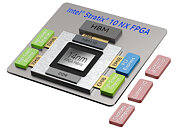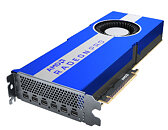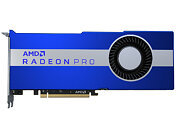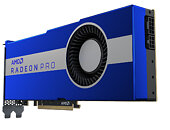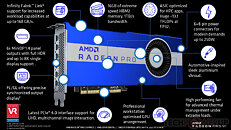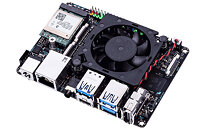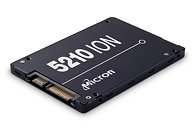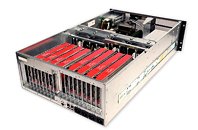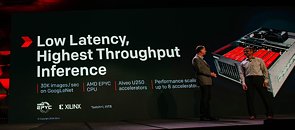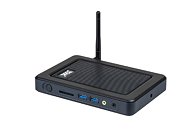
Intel Announces "Cooper Lake" 4P-8P Xeons, New Optane Memory, PCIe 4.0 SSDs, and FPGAs for AI
Intel today introduced its 3rd Gen Intel Xeon Scalable processors and additions to its hardware and software AI portfolio, enabling customers to accelerate the development and use of AI and analytics workloads running in data center, network and intelligent-edge environments. As the industry's first mainstream server processor with built-in bfloat16 support, Intel's new 3rd Gen Xeon Scalable processors makes artificial intelligence (AI) inference and training more widely deployable on general-purpose CPUs for applications that include image classification, recommendation engines, speech recognition and language modeling.
"The ability to rapidly deploy AI and data analytics is essential for today's businesses. We remain committed to enhancing built-in AI acceleration and software optimizations within the processor that powers the world's data center and edge solutions, as well as delivering an unmatched silicon foundation to unleash insight from data," said Lisa Spelman, Intel corporate vice president and general manager, Xeon and Memory Group.
"The ability to rapidly deploy AI and data analytics is essential for today's businesses. We remain committed to enhancing built-in AI acceleration and software optimizations within the processor that powers the world's data center and edge solutions, as well as delivering an unmatched silicon foundation to unleash insight from data," said Lisa Spelman, Intel corporate vice president and general manager, Xeon and Memory Group.


